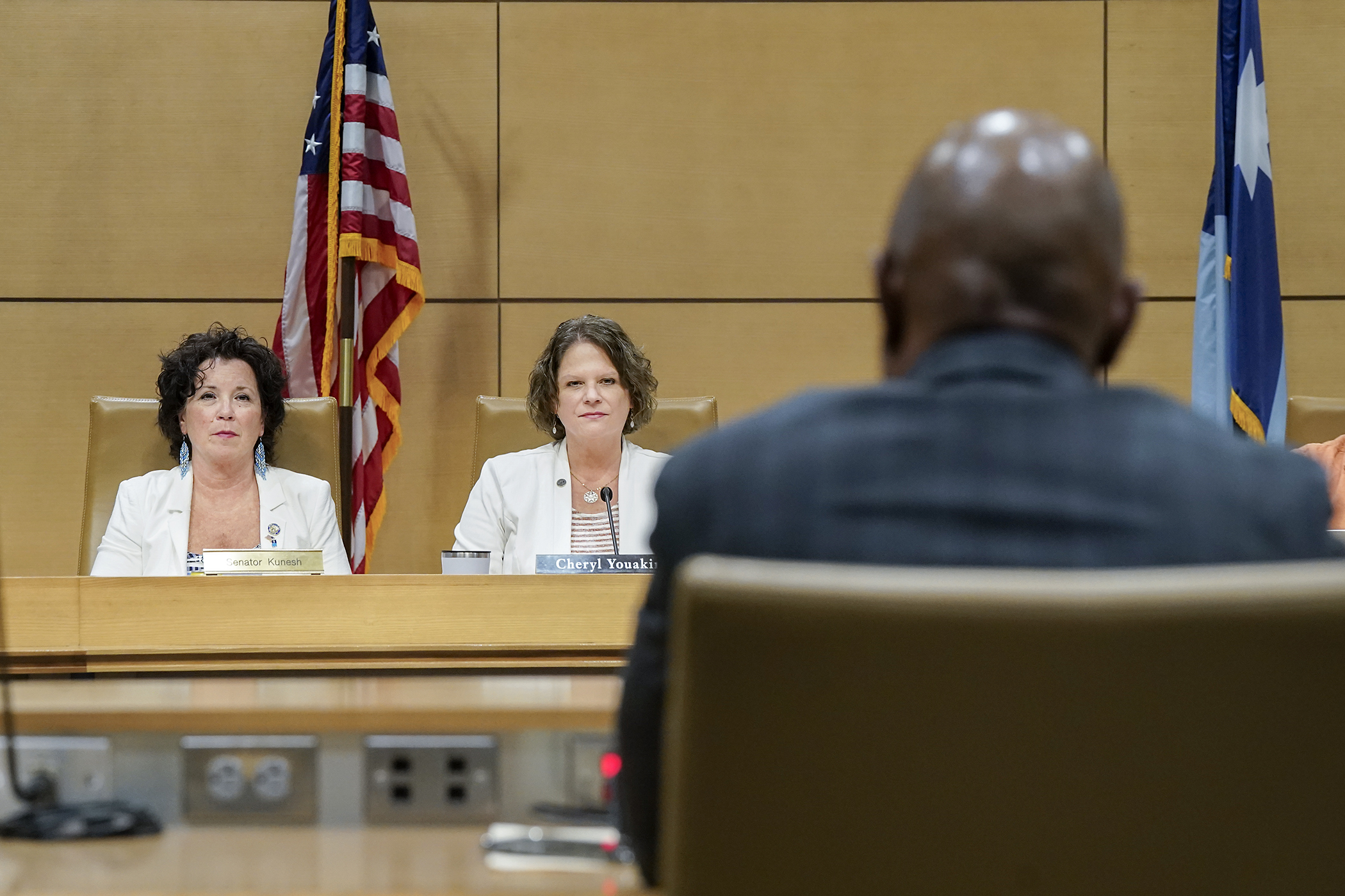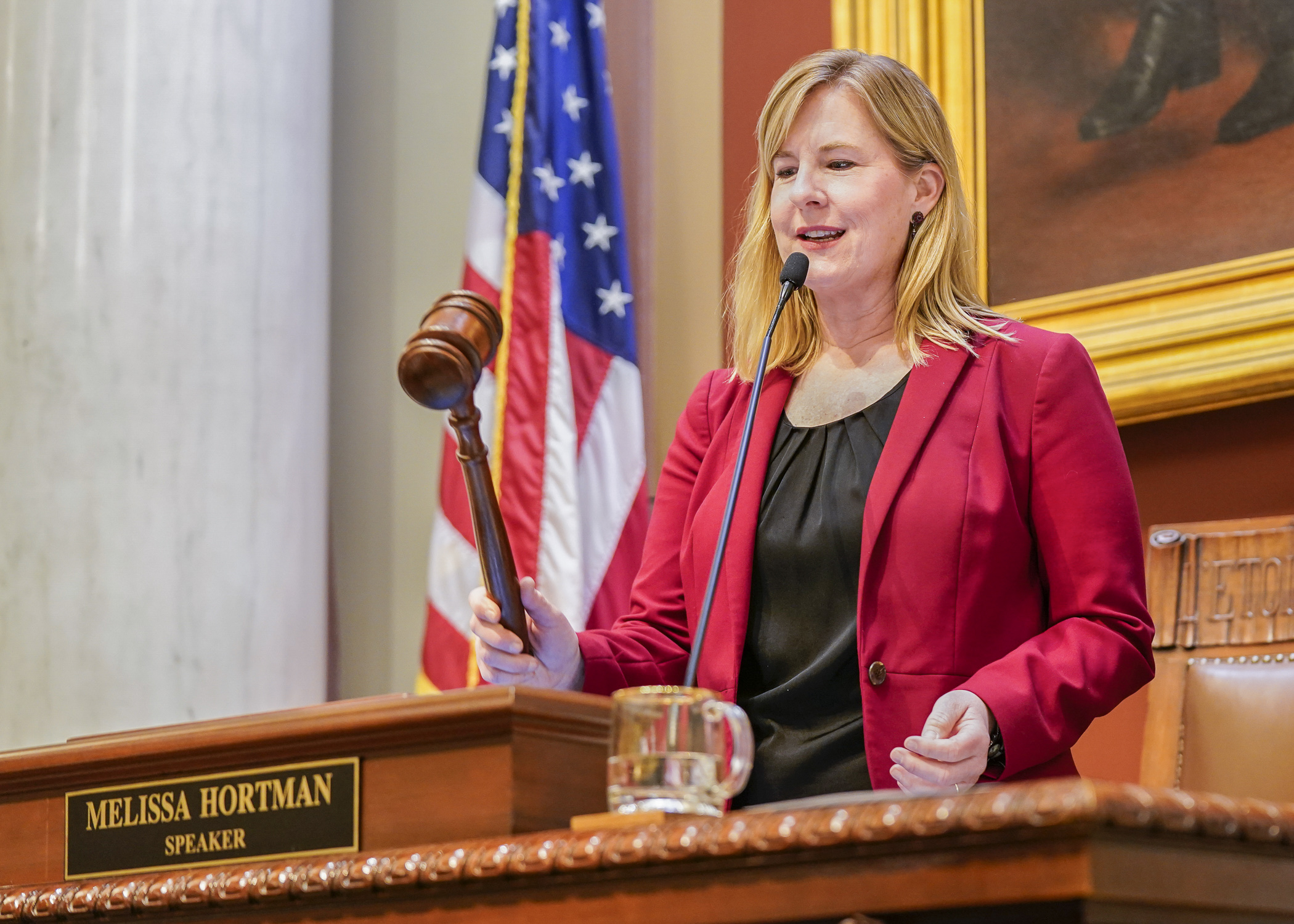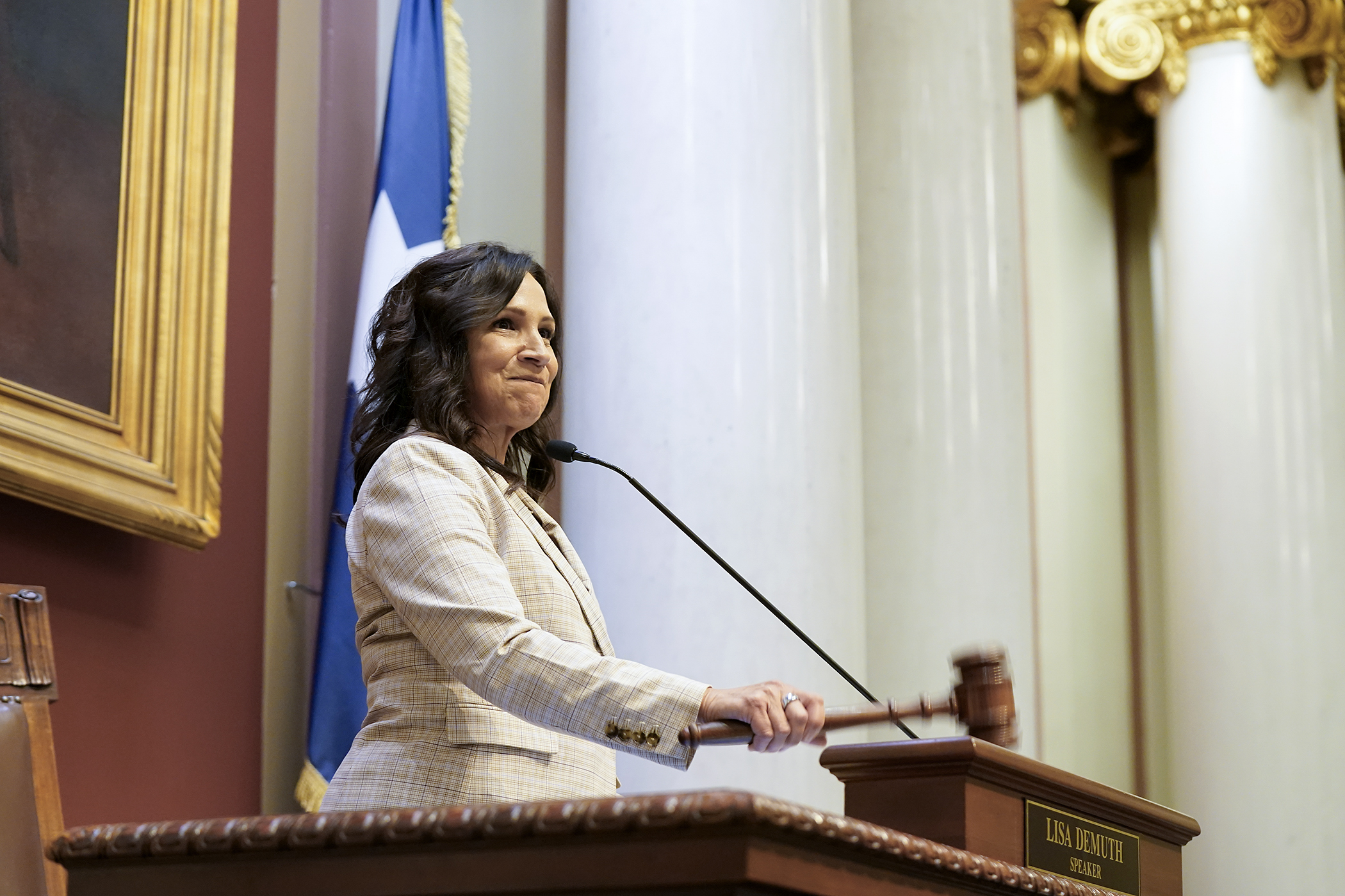Lawmakers reach agreement on education funding, warn of future cuts

An agreement would fund Minnesota schools with $25.73 billion in the 2026-27 biennium, an increase of about $4.2 million. However, it also calls for a $420 million general education funding cut in the 2028-29 biennium when the state is expected to face a budgetary shortfall.
“We were able to keep the stability that indexing the formula to inflation has brought to our schools,” said Rep. Cheryl Youakim (DFL-Hopkins). “We kept most of the cuts out of the classroom that were needed to make the budget target. And with this bill, we will be able to continue to fund our schools for the next two years.”
“This gets us through a two-year period, but I would call this the canary in the coal mine. Let’s look ahead and let’s try to ward off what could be coming,” added Rep. Ron Kresha (R-Little Falls). A House Education Finance Committee co-chair with Youakim, he cited less funding, declining enrollment and special education cost increases when warning of future education cuts.
Sen. Mary Kunesh (DFL-New Brighton), chair of the Senate Education Finance Committee, said the agreement marks the largest funding cuts in education “in a long time,” but tries to preserve investments made in 2023.
“We acknowledge that need to curb spending in future budget years,” she said.
[MORE: View the spreadsheet, agreement language, tax levies]
Youakim said most of the 2026-27 biennium budget cuts, like reductions in teacher pipeline programs, a trim to the reimbursement for special education transportation and a small reduction in charter school bill back aid, were made outside of the classroom. But nearly $20 million in charter school aid would be cut.
Much of the 2028-29 funding cuts would come from the recommendations of a newly created Blue Ribbon Commission charged with finding $250 million in special education cuts by the 2026 legislative session. If the commission cannot find $250 million in savings, the Department of Education would be required to make the cuts.
Transportation cuts
Under the agreement, transportation funding for students with disabilities would be cut by 10% by fiscal year 2027. School districts would be reimbursed 95% for transporting students with disabilities in fiscal year 2026 and 90% beginning in fiscal year 2027. This would result in a reduction of $43.2 million in the 2026-27 biennium and $48.2 million in the 2028-29 biennium.
School library aid cut
The agreement would slash school library aid at a savings of $19.62 million in fiscal years 2026-27 and more than $22 million in fiscal years 2028-29. Dollars are used to fund media specialist salaries; electronic, computer and audio-visual equipment; IT infrastructure and digital tools; electronic and material resources; and furniture, equipment and supplies.
While the state school librarian won’t be eliminated, the $260,000 state funding for the position would be, leaving the Department of Education to find funds for the position.
Epinephrine inhalers
To keep up with changing health technology, the agreement would expand the allowable delivery systems for epinephrine in schools from only autoinjectors to other delivery systems, such as inhalers.
More substitute teachers
To create opportunities for more substitute teachers, the agreement would make the short-call emergency substitute teacher pilot program permanent. It allows qualifying education support personnel or paraprofessionals to obtain a short-call substitute teacher license.
The agreement would also:
- allow a school district to begin the school year on or after Sept. 1 for the 2026-27 and 2027-28 school years only;
- allow a high school student to possess and administer an opiate antagonist to another high school student;
- allow a substitute teacher to work for 10 consecutive school days in the same assignment and modify requirements to substitute teacher rate of pay;
- create a compensatory revenue task force and fund it with $110,000 in fiscal year 2026; and
- exempt a school from the ban on Native American mascots if it receives letters of consent from the tribal nation nearest to the district and the school’s American Indian Parent Advisory Committee.
Related Articles
Search Session Daily
Advanced Search OptionsPriority Dailies
Speaker Emerita Melissa Hortman, husband killed in attack
By HPIS Staff House Speaker Emerita Melissa Hortman (DFL-Brooklyn Park) and her husband, Mark, were fatally shot in their home early Saturday morning.
Gov. Tim Walz announced the news dur...
House Speaker Emerita Melissa Hortman (DFL-Brooklyn Park) and her husband, Mark, were fatally shot in their home early Saturday morning.
Gov. Tim Walz announced the news dur...
Lawmakers deliver budget bills to governor's desk in one-day special session
By Mike Cook About that talk of needing all 21 hours left in a legislative day to complete a special session?
House members were more than up to the challenge Monday. Beginning at 10 a.m...
About that talk of needing all 21 hours left in a legislative day to complete a special session?
House members were more than up to the challenge Monday. Beginning at 10 a.m...